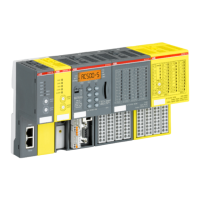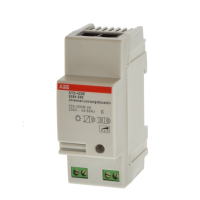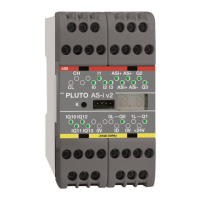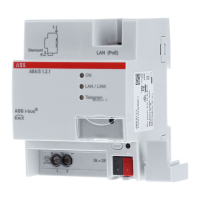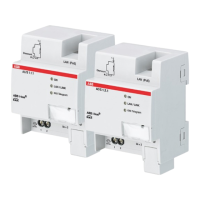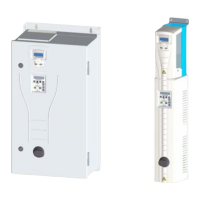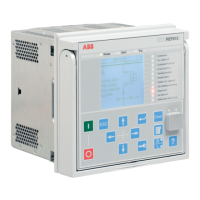Controlled Switching — Buyer´s Guide
E-3
Edition 2, 2006-09
Shunt Reactors Application
Switching of Shunt Reactors
Closing Operations, Inrush Current
Energizing of a shunt reactor may cause inrush
currents with high asymmetry and long time con-
stants. The actual magnitude of the inrush current
is quite dependent on the range of linearity of the
reactor core. Due to the air gaps utilized in shunt
reactor cores there are no severe saturation effects.
In spite of their limited amplitude, reactor inrush
currents may still have adverse effects. They may
lead to zero sequence current, cause saturation of
CT cores, with resulting nuisance tripping of relays,
or cause other network disturbances.
Control of Closing Operations
Controlled closing of shunt reactor circuit break-
ers is utilized in several cases, and normally as a
complement to controlled opening.
The making target that gives the lowest reactor
inrush current is the peak of the power frequency
voltage across the circuit breaker, and this target
is normally utilized. Making of the current in this
case creates a transient voltage stress equal to that
which occurs if the circuit breaker reignites at 1
p.u. voltage during a de-energizing operation. This
voltage stress is normally acceptable but if such
a voltage stress is considered unacceptable, an
alternative procedure is to make the current at volt-
age zero across contacts. This will in principle lead
to maximum inrush current. Zero sequence relays
may then be set with time delay (or be set less sen-
sitive), in order to avoid nuisance tripping.
It is not possible to minimize both the inrush cur-
rent and the transient voltage stresses at the same
time.
Three-pole Operated Mechanically Staggered Cir-
cuit Breakers
In a similar way as for controlled energizing of
grounded shunt capacitor banks by means of
three-pole operated mechanically staggered circuit
breakers, it is for some reactor applications very
important that the recommended pole - phase
connections are followed.
Three-pole operated, mechanically staggered cir-
cuit breakers are designed with shortest possible
time staggering to fit their applications. Shortest
possible time staggering means that loads hav-
ing uncoupled phases are switched in a controlled
Shunt reactor, 420 kV, 150 Mvar
manner in reverse phase order. This is the case for
controlled opening of grounded and magnetically
independent reactor loads.
The staggering will allow for a certain delayed ac-
tion of the individual poles at the start of operation.
The delayed start of an opening operation does not
result in contact opening speeds, measured from
the contact separation instants, that are below
that for a standard pole. Therefore, the interrupting
performance, compared to a standard pole, will be
maintained.
Also of note is that it is impossible to combine con-
trolled closing and controlled opening by means
of three-pole operated mechanically staggered
circuit breakers for loads having no inter-coupling
between the phases.
Circuit breakers with mechanical staggering and
intended to switch grounded magnetically indepen-
dent reactors are designed to interrupt in reverse
phase sequence. The resulting mechanical stag-
gering at closing will be reversed to that at open-
ing, which means a pole closing order following the
straight phase sequence. The optimum pole clos-
ing order, to minimize the zero sequence current, is
to close in reverse phase sequence, which cannot
be achieved.
For permissible connections of staggered circuit
breakers, see the appendix. Please contact ABB
Power Technologies, High Voltage Products,
Ludvika, Sweden.

